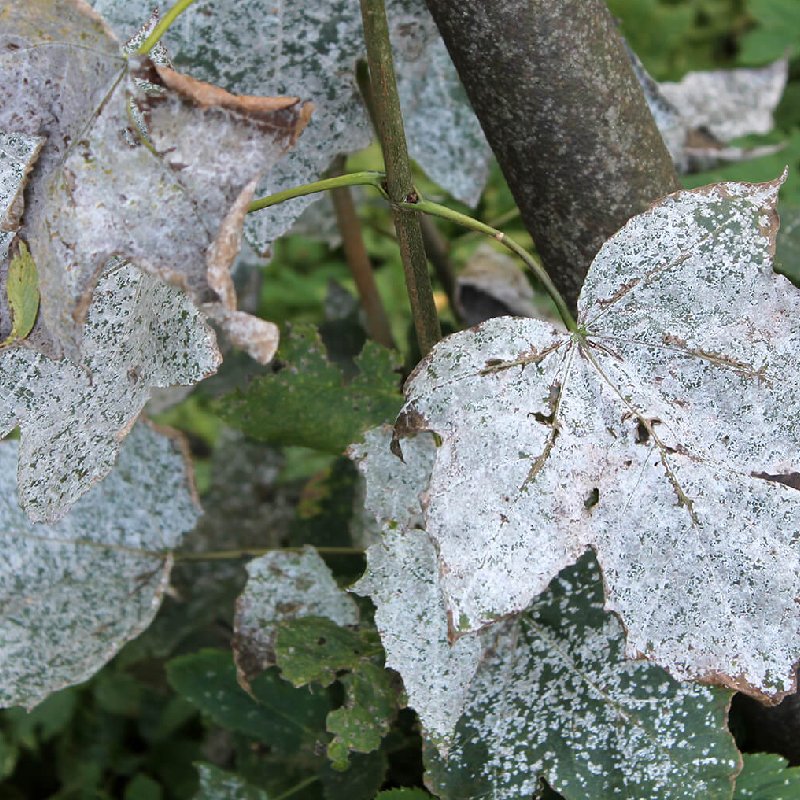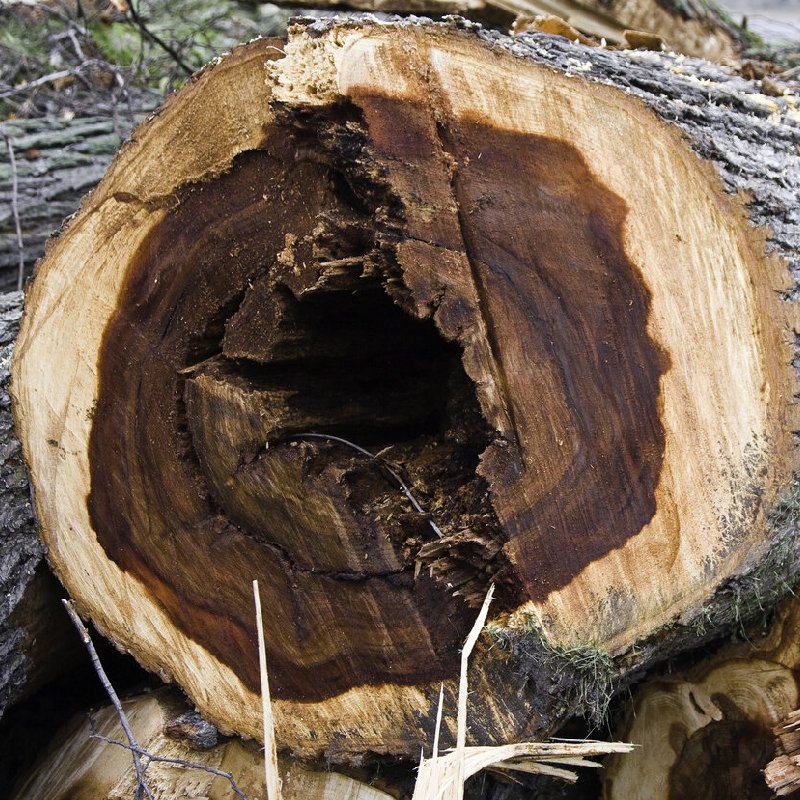Title: Recognizing Common Diseases in Trees
Introduction:
Trees are not immune to diseases, and as caretakers of our green spaces, it’s crucial to be vigilant about recognizing and addressing common tree diseases. In this article, we’ll explore some prevalent tree diseases, their symptoms, and proactive measures to keep our leafy companions healthy.
Common Tree Diseases:
- Dutch Elm Disease (DED):
- Symptoms: Yellowing and wilting of leaves, often starting at the tree’s crown.
- Prevention: Prune and dispose of infected branches, and consider disease-resistant tree varieties.
- Powdery Mildew:
- Symptoms: White powdery substance on leaves, stunted growth.
- Prevention: Provide adequate spacing between trees for proper airflow, and apply fungicides as needed.
- Oak Wilt:
- Symptoms: Wilting and browning of leaves, often starting at the top.
- Prevention: Avoid pruning oak trees during the growing season, as wounds attract the disease.
- Fire Blight:
- Symptoms: Blackened, scorched-looking leaves, resembling fire damage.
- Prevention: Regular pruning and applying antibacterial sprays during the growing season.
Early Detection and Action:
Being attentive to changes in your tree’s appearance is crucial for early disease detection. Keep an eye on leaf discoloration, unusual growths, or patterns of wilting. If you notice any signs, consult with a tree care professional promptly.
Proactive Measures:
- Regular Inspections: Conduct routine inspections to identify potential issues before they escalate.
- Pruning Practices: Proper pruning can promote air circulation and remove infected branches.
- Adequate Watering: Ensure trees receive sufficient water, as stressed trees are more susceptible to diseases.
- Well-Drained Soil: Plant trees in well-drained soil to prevent root diseases.
Conclusion:
Recognizing common diseases in trees is the first step toward maintaining a thriving, green environment. Regular observation, timely action, and proactive measures are key to ensuring the health and longevity of our precious trees. Stay informed, stay vigilant, and let’s continue to nurture our arboreal companions.





